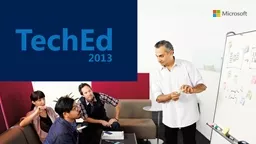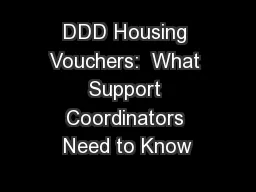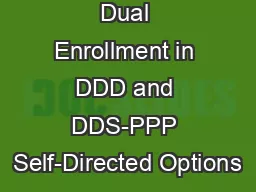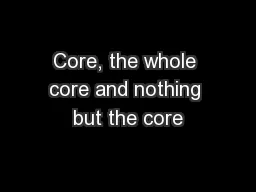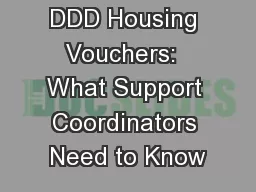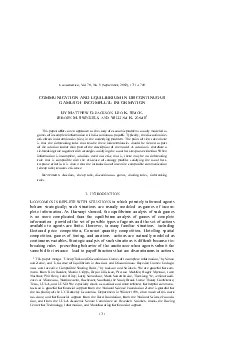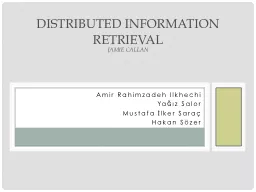PPT-Developing core-business applications with DDD
Author : pasty-toler | Published Date : 2016-07-30
Jimmy Nilsson factor10 DEVB311 About me Developerarchitect jimmynilssoncom blog Twitter JimmyNilsson Author Applying Domain Driven Design and Patterns and
Presentation Embed Code
Download Presentation
Download Presentation The PPT/PDF document "Developing core-business applications wi..." is the property of its rightful owner. Permission is granted to download and print the materials on this website for personal, non-commercial use only, and to display it on your personal computer provided you do not modify the materials and that you retain all copyright notices contained in the materials. By downloading content from our website, you accept the terms of this agreement.
Developing core-business applications with DDD: Transcript
Download Rules Of Document
"Developing core-business applications with DDD"The content belongs to its owner. You may download and print it for personal use, without modification, and keep all copyright notices. By downloading, you agree to these terms.
Related Documents

